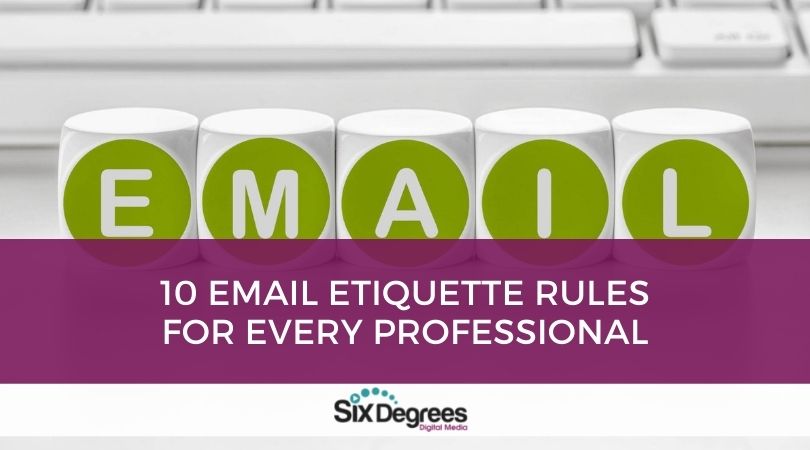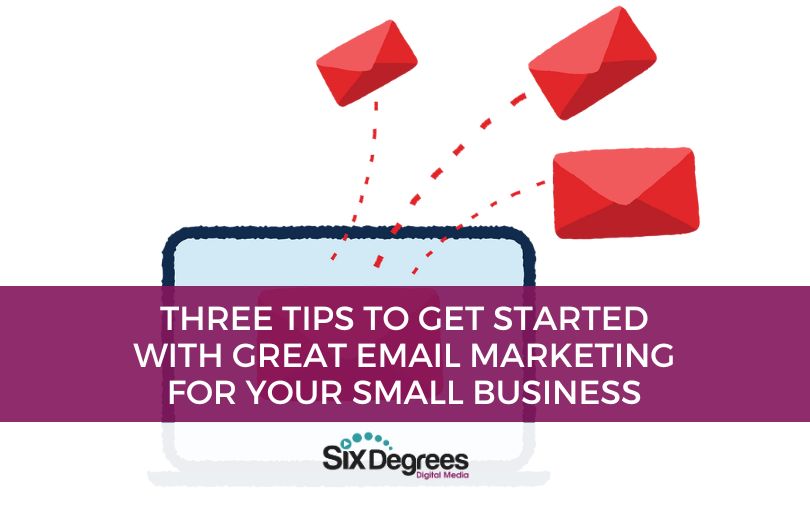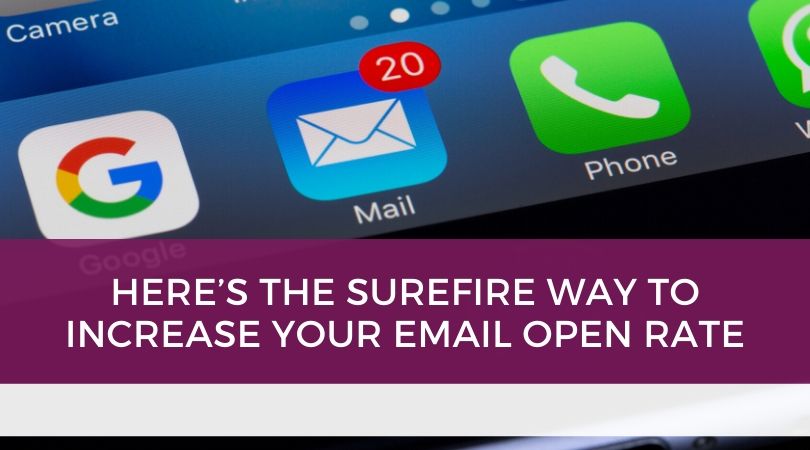Email has become one of the most common ways for people to communicate in both personal and professional settings. Furthermore, as a result of our current new normal, some supply chains are broken and millions of people are working from home, resulting in even more email usage.
While writing an email appears to be a simple task, many employees make mistakes when sending or receiving work messages. Because of the volume of messages we read and write, we may be more prone to making mistakes, which can have serious consequences for a business.
Following commonly accepted social rules when communicating via email, on the other hand, helps you create a positive image in the minds of employers and professional contacts.
So, if you want to reflect your company in a professional environment, follow these ten email etiquette rules.
1. Maintain a clear subject line
The significance of a clear subject line cannot be overstated, especially if the email is being used for direct marketing.
A clear subject line informs the recipient about the content of your email and increases the likelihood that they will open it. If your subject line is vague or casual, the recipient may delete or disregard your email.
Your subject line should communicate and summarize the body of your email in a clear, concise, and to-the-point manner. As a result, try using a subject line that informs readers that you are responding to their concerns or business issues.
2. Use only professional salutation
Even if the recipient is a close acquaintance or friend, use a professional salutation in your work-related emails.
The relaxed nature of your writing should not affect the salutation in an email; rather, when emailing someone outside your organization whom you do not know, you should assume the highest level of courtesy.
The tone of formality can be determined by how contacts communicate with you. Most professionals use their first name in business communications, but in a global workplace, you should be mindful of cultural norms.
Pro tip: If you’re writing in a chain of emails where the context has already been established in a previous email or even over the phone, you can skip the greeting.
3. Confidentiality
A general rule of thumb is to assume that what you write will be seen by others, so don’t write anything you wouldn’t want everyone to see. After all, email is a dangerously easy medium to spread, and it’s always better to be safe than sorry.
Another common error that occurs in the workplace is when an email is sent to the incorrect recipient. Before clicking “send,” double-check that you have the correct recipient’s email address.
4. Add your/company’s signature
If you’re running marketing campaigns, professional email signatures can lead to higher ROI rates. It makes sense to provide additional information about yourself or your company to your reader.
Most businesses have a policy in place regarding what is and is not permitted in your signature block. A signature block typically includes your name, designation, company name, and contact information.
5. Use a professional email ID
Using a professional email address is an essential part of proper email etiquette. This is one of the most important outreach marketing tips because it instantly makes you appear more credible and significantly improves email deliverability.
Thus, if your company has provided you with an official email ID, use it, or consider using an email address that includes your name rather than something that sounds too casual.
6. Use standard formatting
Choose an appropriate font, color, and size for your emails so that they are easy to read.
Avoid business jargon, abbreviations, and smiley faces – and keep punctuation marks to a minimum at the end of each sentence. If you’re used to using exclamation points, keep them to a minimum when expressing your enthusiasm or excitement.
The right size and lettering combination ensures that your email is easy to read and can be quickly scanned by most recipients.
Usually, standard fonts such as Arial, Calibri, and Times New Roman with a font size of 10 or 12 works best. Also, for font colors, prefer using black, and if you want to highlight your text use a soft color like yellow.
7. Maintain professionalism
Another important aspect of good email etiquette is to maintain a professional tone in your professionally-oriented emails.
Instead of negative words like ‘failure’, ‘careless’ and ‘disappointed’, consider using positive words like ‘please’, ‘good try’, ‘better luck next time’, and ‘thank you.
Also, refrain from using all caps, foul language, or sending inappropriate jokes. Remember that humor can sometimes appear rude or hurtful, so if in doubt, leave it out.
Finally, nail your tone. For example, to avoid misunderstandings, read your message aloud before sending it; if it sounds harsh to you, it will sound harsh to the reader.
8. Be clear and precise
Because the recipients will not be able to see your body language while reading your email, you must write your message clearly and precisely to avoid confusion and miscommunication.
To begin with, avoid using emojis or other animations in your professional emails, such as smiley faces. The use of emojis casually can harm the recipient’s sentiments.
Furthermore, before including an attachment in your email, make sure it is required for the specific email you are sending. Also, make a point of mentioning the attachment in your email so that the recipient does not overlook it.
9. Avoid grammar or spelling errors
As previously stated, email marketing can easily lead to miscommunication, especially if you cater to customers from all over the world.
Making grammatical and spelling errors in such a situation can be concerning. It is critical to ensure that you have spelled correctly in your email. A single misspelling can render your communication sloppy and offensive.
Avoiding grammatical or spelling errors, on the other hand, shows the recipient that you take your correspondence seriously and are not careless with your emails.
Keep in mind that most people will ignore an email that is more than two or three paragraphs long. As a result, adding grammatical and spelling errors will only serve to shorten their attention span.
10. Proofread
Make a habit of proofreading your emails before sending them. Don’t rely on spell-check; instead, read them aloud to yourself to check for errors.
Your email recipients will most likely notice errors, and while everyone makes mistakes and misspellings from time to time, repeated errors and misspellings can appear sloppy. Before you send an email, re-read it to ensure that it makes sense and is free of errors.
If you need assistance with your marketing, schedule a strategy session with us today






